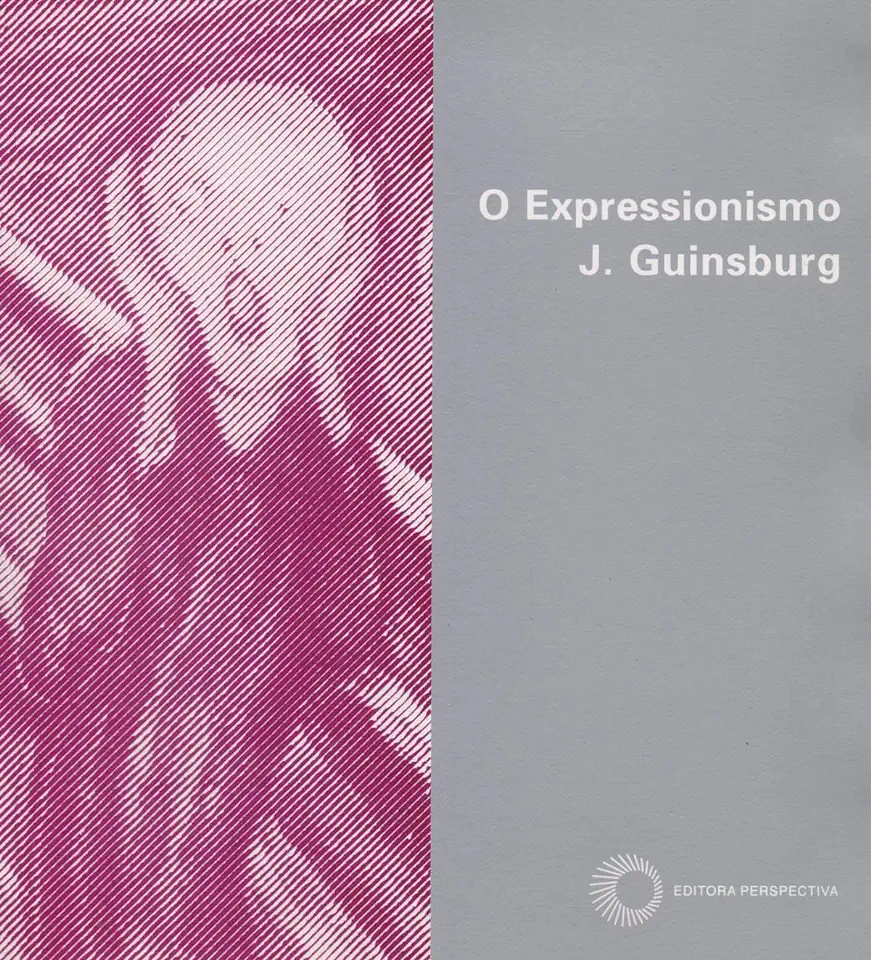
Expressionism - J. Guinsburg
Expressionism: A Revolutionary Art Movement
A New Way of Seeing the World
Expressionism was a revolutionary art movement that emerged in the early 20th century as a reaction to the social and political upheaval of the time. Expressionist artists sought to express their inner emotions and subjective experiences rather than depict the world realistically. They used bold colors, distorted forms, and exaggerated brushstrokes to create works of art that were both visually striking and emotionally powerful.
Key Features of Expressionism
- Subjective Expression: Expressionist artists were more interested in expressing their inner emotions and experiences than in depicting the world realistically.
- Distorted Forms: Expressionist artists often distorted the human form and other objects to convey emotional states or psychological tension.
- Bold Colors: Expressionist artists used bold, vibrant colors to create a sense of urgency and excitement.
- Exaggerated Brushstrokes: Expressionist artists used exaggerated brushstrokes to convey a sense of movement and energy.
Major Expressionist Artists
- Edvard Munch: Munch is considered one of the pioneers of Expressionism. His most famous work, "The Scream," is a powerful expression of anxiety and despair.
- Vincent van Gogh: Van Gogh is another major Expressionist artist. His works are characterized by their intense colors and swirling brushstrokes.
- Wassily Kandinsky: Kandinsky is considered the father of abstract art. His works are characterized by their geometric shapes and vibrant colors.
- Ernst Ludwig Kirchner: Kirchner was a leading member of the German Expressionist group Die Brücke. His works are characterized by their bold colors and angular forms.
- Emil Nolde: Nolde was another leading member of Die Brücke. His works are characterized by their intense colors and emotional intensity.
Expressionism Today
Expressionism continues to influence contemporary art today. Many contemporary artists use Expressionist techniques to create works of art that are both visually striking and emotionally powerful. Expressionism is a vital and dynamic art movement that continues to evolve and inspire new generations of artists.
Why You Should Read This Book
This book is a comprehensive overview of the Expressionist art movement. It provides a detailed analysis of the key features of Expressionism, the major Expressionist artists, and the influence of Expressionism on contemporary art. This book is a must-read for anyone interested in learning more about one of the most important art movements of the 20th century.
Conclusion
Expressionism is a revolutionary art movement that changed the way we see the world. This book provides a comprehensive overview of Expressionism, from its origins to its influence on contemporary art. If you are interested in learning more about this important art movement, then this book is a must-read.